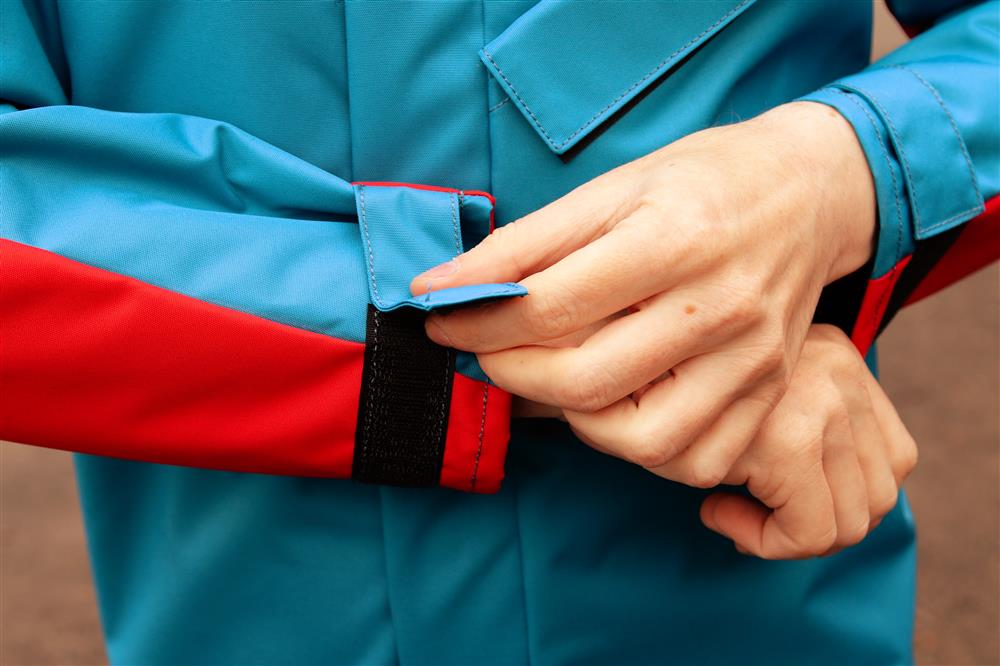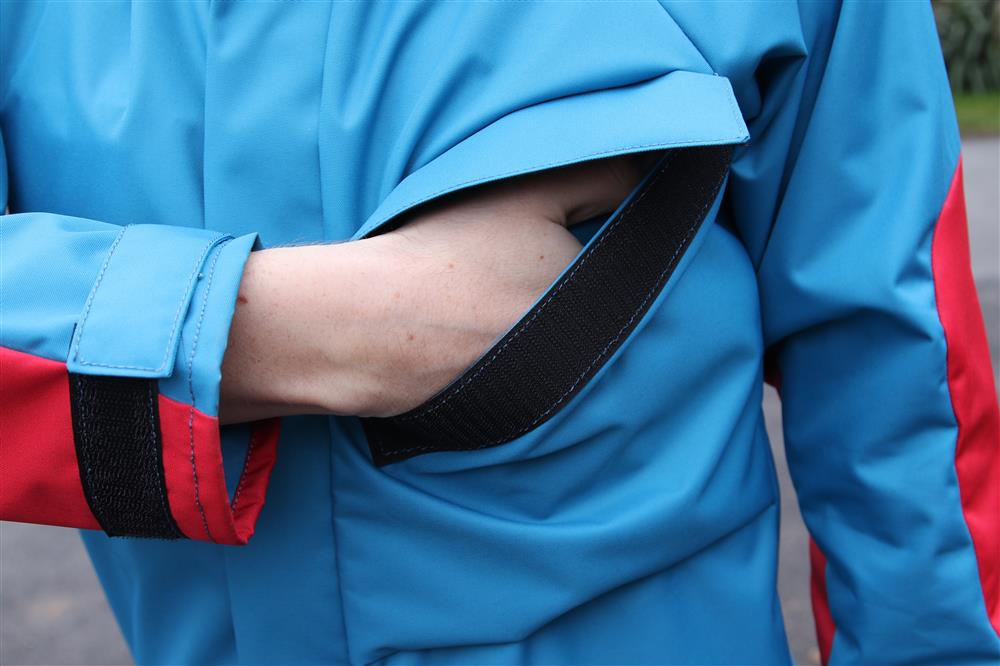Caving, also known as spelunking or potholing, is the activity of exploring caves and other underground structures. It is a challenging and rewarding adventure sport that requires physical fitness, technical skills, and a deep appreciation for the natural world. Caving can be both thrilling and dangerous, and it is important to have a good understanding of the conditions found in caves before attempting to explore them.
Caves can be found all over the world, and they come in many different shapes and sizes. Some caves are formed by the erosion of rock by water, while others are created by volcanic activity. The conditions found in caves can vary widely depending on their location, age, and the type of rock they are formed in.
One of the most important factors to consider when exploring caves is the presence of water. Caves are often formed in areas with high levels of rainfall, and water can flow through them in many different ways. Some caves are completely submerged in water, while others have streams or pools running through them. Water can create beautiful formations such as stalactites and stalagmites, but it can also be a major hazard for cavers.
In addition to water, caves can also be home to a wide variety of flora and fauna. Many species of bats, insects, and other small animals make their homes in caves, and they are an important part of the cave ecosystem. Cavers must take care not to disturb these delicate environments, as even small disturbances can have long-lasting effects.
The temperature inside caves can also vary greatly, depending on their location and depth. In some cases, caves can be very cold, with temperatures hovering just above freezing. In other cases, caves can be quite warm, particularly in areas with geothermal activity. Cavers must be prepared for these temperature fluctuations and dress appropriately for the conditions they will encounter.
The terrain inside caves can also be extremely challenging. Many caves have uneven floors, steep drops, and narrow passageways that can be difficult to navigate. Cavers must have good balance and coordination, as well as the ability to climb, crawl, and squeeze through tight spaces.
Finally, it is important to consider the potential risks associated with caving. Cavers can be exposed to a wide range of hazards, including falls, rockslides, floods, and encounters with wildlife. It is important to take appropriate precautions and to always explore caves with a partner or a group.
In conclusion, caving is a thrilling and challenging adventure sport that requires physical fitness, technical skills, and a deep appreciation for the natural world. Before attempting to explore a cave, it is important to have a good understanding of the conditions that may be encountered inside. By taking appropriate precautions and respecting the delicate ecosystem of caves, cavers can safely explore these unique and fascinating environments.
How to choose the right caving over-suit: Materials, Cut and Finishing
When it comes to caving, having the right equipment is crucial to ensure your safety and comfort. One of the most important pieces of gear is the caving over-suit, which serves as your outer layer and protects you from water, mud, and abrasions.
However, not all over-suits are created equal. In this post, we'll go over the key factors to consider when selecting a caving over-suit, specifically the materials, cut, and finishing.
Materials
The first thing to consider when choosing a caving over-suit is the material it's made of. You want a material that is both waterproof and abrasion resistant. Popular options are Gore-Tex, PVC, Cordura and Polyester fabric with Polyurethane coating which can be breathable.
Gore-Tex is a breathable, waterproof membrane that is commonly used in outdoor gear. It's a top-of-the-line option but can be expensive. Cordura is a more affordable option that is still durable and abrasion-resistant but not breathable and tends to be rather stiff. PVC coated fabrics are both waterproof and abrasion resistant but stiff, heavy and bulky.
PU coated Polyester fabrics are a good compromise. They are abrasion resistant, can be either waterproof or waterproof and breathable and they are reasonably priced.

Cut
The cut of the over-suit is also important. You want a suit that is roomy enough to allow for easy movement, but not so loose that it gets in your way or catches on obstacles. Look for a suit with articulated knees and elbows for added flexibility. Additionally, the suit should have a hood that fits snugly around your head to keep out water and debris.
Finishing
The finishing of the suit refers to the details such as zippers, velcro, and stitching. These details can make a big difference in the suit's overall effectiveness and durability.
Zippers are a common feature on over-suits, but they can be prone to breaking or leaking. Look for a suit with high-quality zippers, and consider using velcro as an alternative to zippers.
Stitching is another important consideration. Exposed seams on the surface of the suit can be abraded through, which can compromise the suit's waterproofing. Look for suits with sealed seams or welded seams to prevent this from happening.

Obstacles and Conditions
Finally, it's important to consider the types of obstacles and conditions you may encounter while caving. Different caves have different water conditions, which can affect the type of over-suit you need.
Some caves may have standing water or deep pools, which require a neoprene suit. Other caves may have rough or abrasive surfaces, which require a suit with a higher abrasion rating.
In addition to water and surface conditions, you may also encounter obstacles such as tight squeezes, jagged rocks, or sharp edges. Look for a suit that is reinforced in exposed areas like elbows, knees and seat to prevent tears and punctures.
Conclusion
Selecting the right caving over-suit is essential for a safe and comfortable caving experience. Consider the materials, cut, and finishing of the suit, as well as the obstacles and conditions you may encounter. With the right over-suit, you can focus on exploring and enjoying the cave, rather than worrying about your gear.




Leave your comment